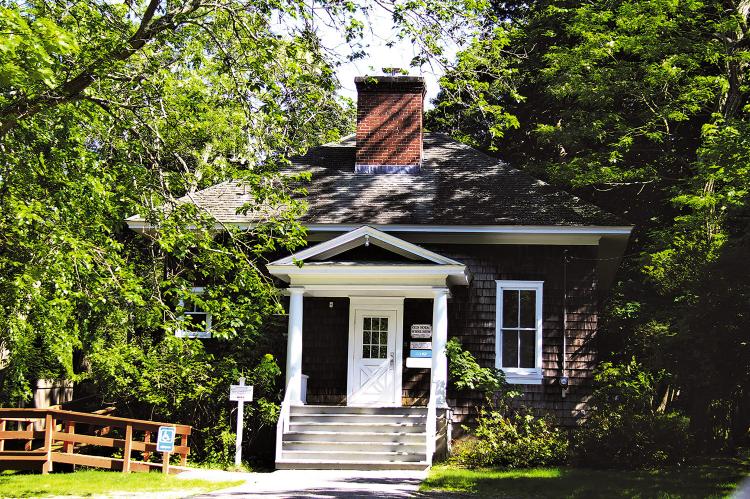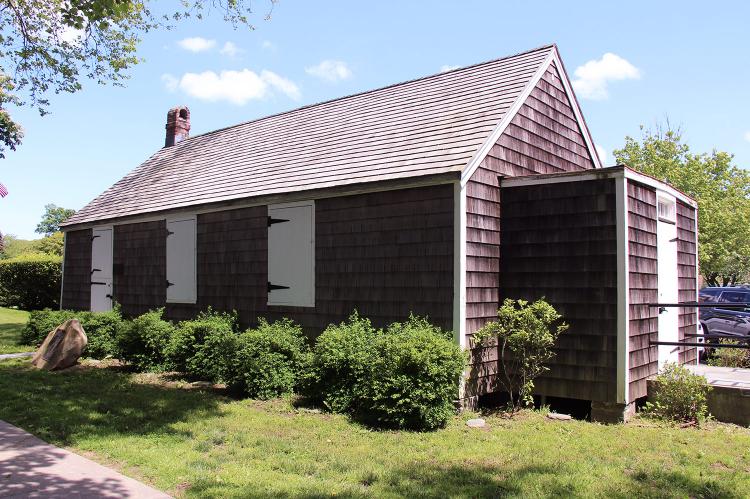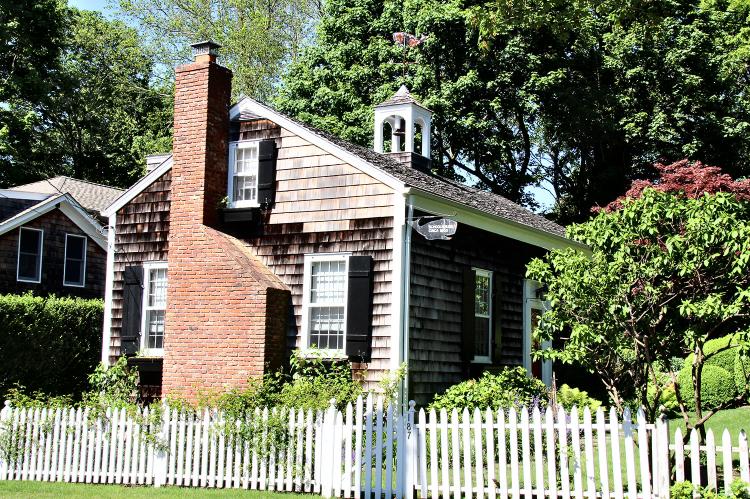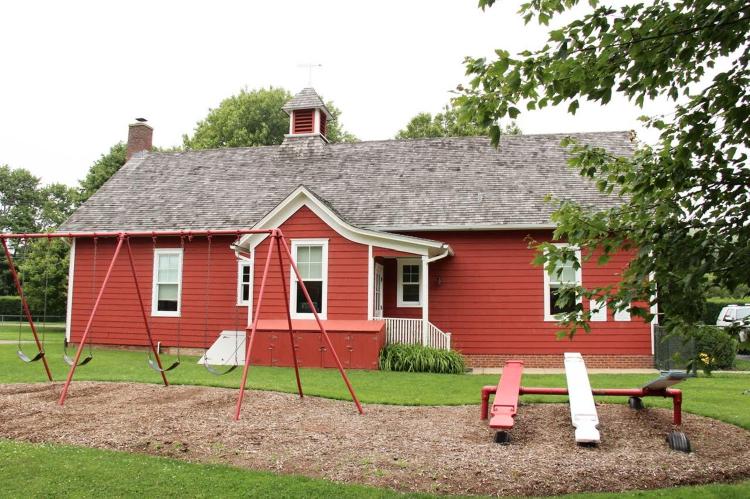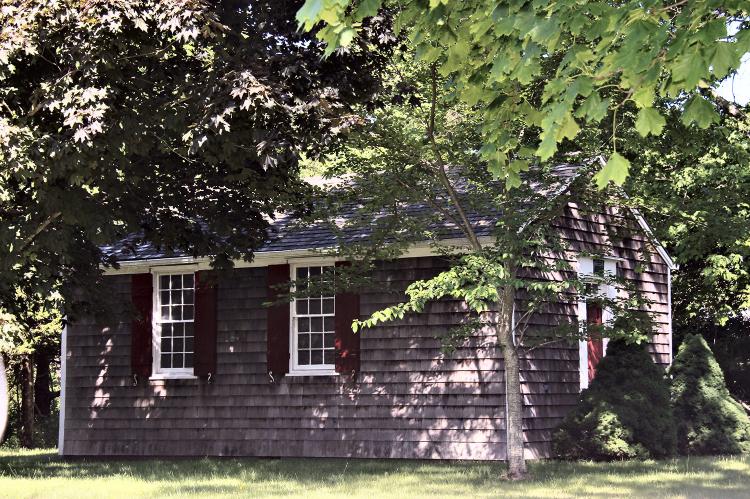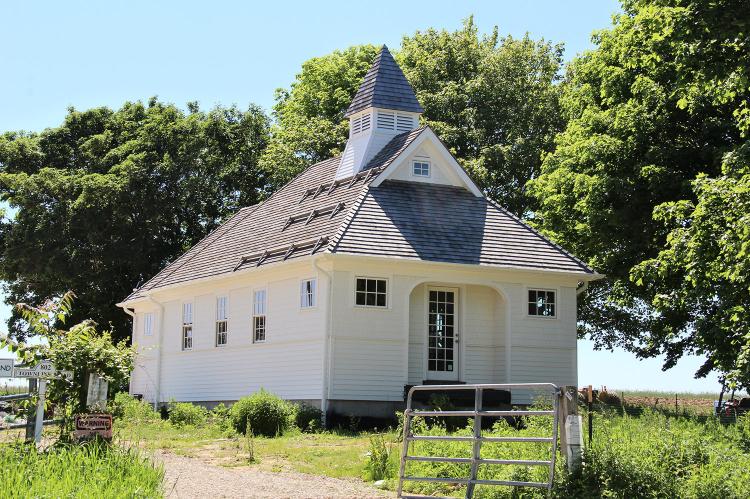There’s a lot to be learned from the old one-room schoolhouses that are scattered across the East End. Some have become museums or civic meetinghouses, while others simply stand as landmarks of bygone eras, and at least one, in Sagaponack, is still in use as a school. While their sizes and shapes varied, most of the one-room schoolhouses shared a common element: They were in communities that built anew whenever a tragedy such as a fire ravaged a schoolhouse or when the local population of children simply outgrew the existing space. These are some that stand out.
